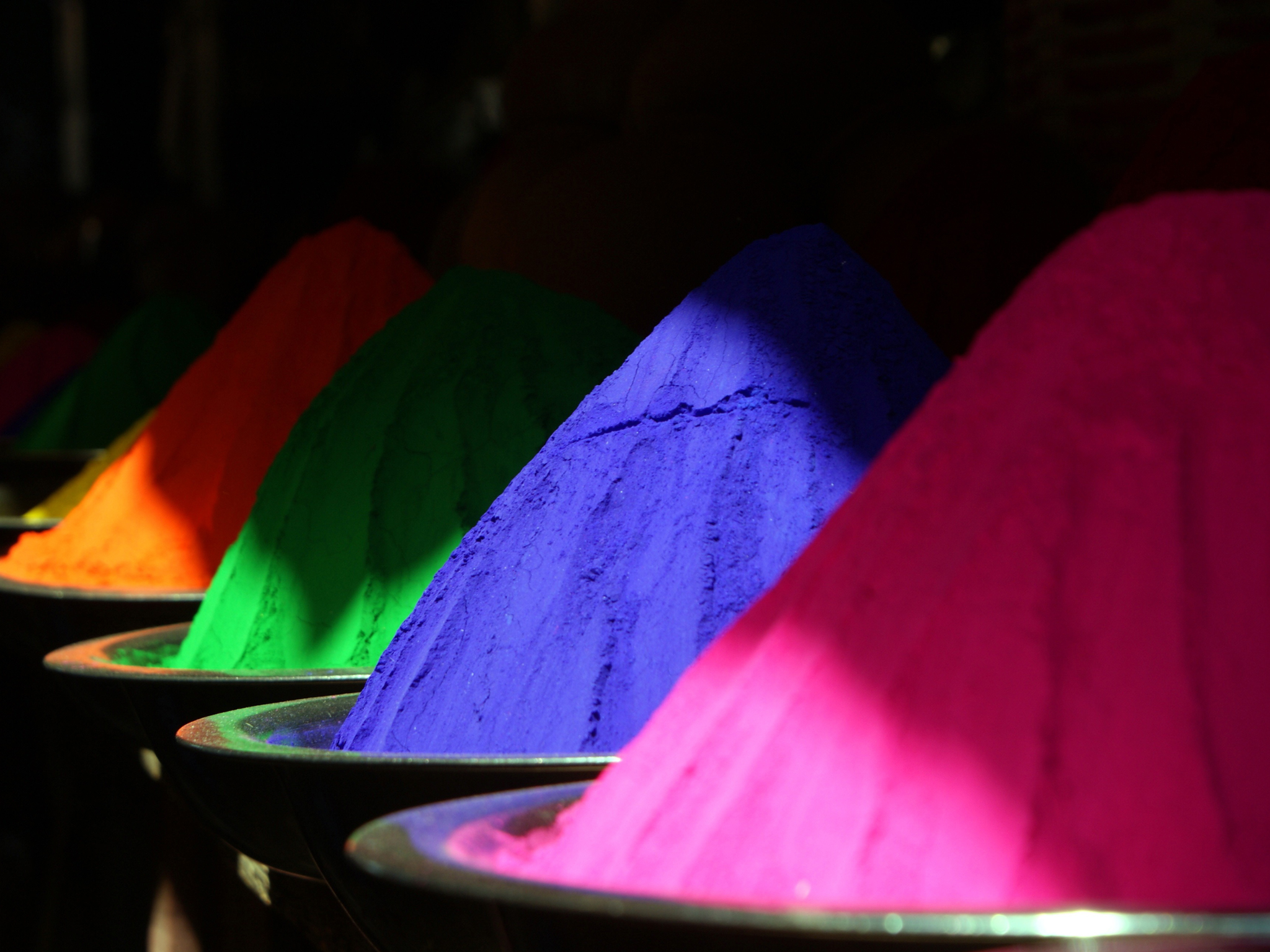Use Cases: SimPARTIX® in practice
SimPARTIX® can be used to simulate technological applications using particle-based methods efficiently and accurately.
Studies in additive manufacturing, powder technology, machining, microelectronics and photovoltaics are among the many projects completed with SimPARTIX® to date. In order to guarantee meaningful results from the simulations, fundamental scientific research in all sectors was first undertaken at the Fraunhofer IWM. These scientific studies, which have been documented in numerous articles in international journals, form the foundation for applications in industry and engineering.
 Fraunhofer Institute for Mechanics of Materials IWM
Fraunhofer Institute for Mechanics of Materials IWM